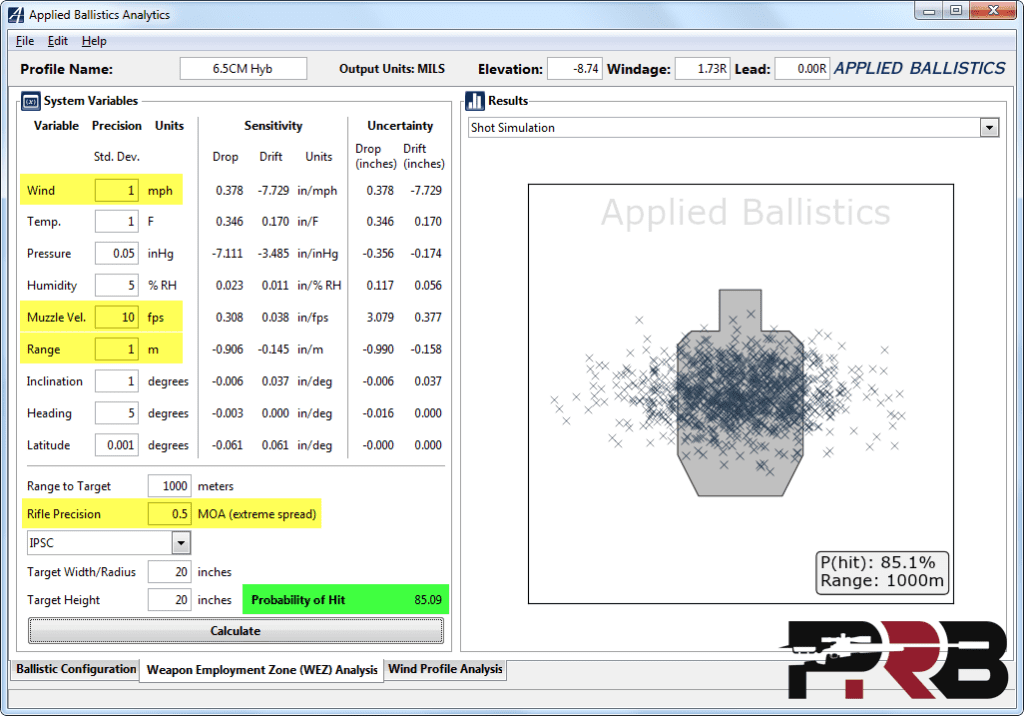Mikecr
Well-Known Member
What has been working great for me:
Using QuickLoad, I run what-ifs to find fastest powder that fills the case, right at SAAMI max pressure, causing no more than 8Kpsi muzzle pressure, with a given case/bullet/barrel length. I tweak barrel length where that's under my control to nail this.
Cartridge design also plays a big role in this, as it can hold powder back to burn in/near chamber, or it can add a slug of unburned powder to bullet mass, burning way down the barrel or on muzzle release, if at all. The latter in extreme can cause a secondary pressure spike exceeding 1st pressure peak, to a dangerous level. And it's opposite of clean bullet release..
A competitive 6PPC sees ~6,600Kpsi at the muzzle, efficient mid-hunting capacity ~8Kpsi, a good magnum ~12Kpsi.
Barrel lengths follow.
Using QuickLoad, I run what-ifs to find fastest powder that fills the case, right at SAAMI max pressure, causing no more than 8Kpsi muzzle pressure, with a given case/bullet/barrel length. I tweak barrel length where that's under my control to nail this.
Cartridge design also plays a big role in this, as it can hold powder back to burn in/near chamber, or it can add a slug of unburned powder to bullet mass, burning way down the barrel or on muzzle release, if at all. The latter in extreme can cause a secondary pressure spike exceeding 1st pressure peak, to a dangerous level. And it's opposite of clean bullet release..
A competitive 6PPC sees ~6,600Kpsi at the muzzle, efficient mid-hunting capacity ~8Kpsi, a good magnum ~12Kpsi.
Barrel lengths follow.
Last edited:

